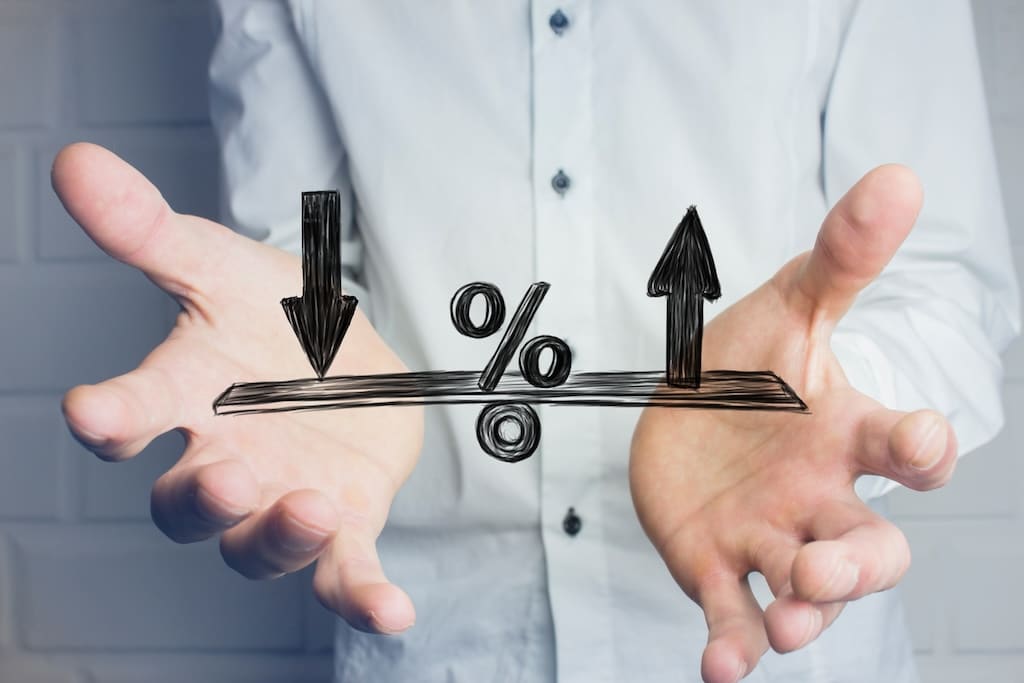Credit Sesame discusses the impact of worsening 2024 credit conditions for consumers.
Often, the worst enemy of financial responsibility is denial. People compound financial problems by ignoring them for as long as possible. This is like ignoring a flashing red warning light on your car’s dashboard. Failure to deal with it can lead to a serious breakdown.
The recent trend in credit conditions suggests that financial warning signs may be flashing for many consumers as 2024 begins. The difference between survival and disaster may come down to whether you deal with the problem on time or try to ignore it.
Late payment rates are rising
Total US consumer debt outstanding has risen yearly since the end of 2012. Till now, people have largely been able to handle it. So, how much debt is too much?
One warning sign that debt levels are becoming too high is when delinquency rates rise. Delinquency rates measure the percentage of consumer debt payments that are overdue. A recent report by credit bureau TransUnion found rising delinquency rates across auto loans, credit cards, mortgages and personal loans. Federal Reserve Bank of New York figures show that delinquency rates have increased for seven straight calendar quarters. A growing number of households seem to have trouble keeping up with their debt payments.
These rising delinquency rates occur at a time when there’s more money than ever at stake. Consumer credit balances reached an all-time high in 2023. Along with rising delinquency rates, higher balances also represent a form of elevated credit risk. Lenders are aware that their business is more risky and respond accordingly.
What 2024 credit conditions mean for consumers
Late payments represent a risk to lenders. The longer a payment is overdue, the more effort lenders must put into trying to recoup the money. Seriously overdue payments mean the lender is at risk of not being repaid.
The way lenders protect themselves comes at the expense of consumers. A recent Federal Reserve study of senior loan officers found that lenders are tightening lending standards for credit cards, auto loans, HELOCs and some mortgages as well as for other types of consumer loans. This affects consumers in several ways.
Lower approval rates
Perhaps the most obvious consequence of worsening consumer credit conditions is that lenders will be more reluctant to approve new loans and credit cards.
This could come as a shock to millions of Americans who are used to the availability of credit on demand. In particular, people using credit to meet routine expenses may find their budgets running into a wall.
Lower credit limits
Even when lenders approve new credit, they may offer lower credit limits if conditions look risky. Consumers with declining credit scores may see their existing credit limits lowered.
At a time when many Americans are close to maxing out their credit, lowering those limits would leave them without a resource they’ve depended on to make ends meet.
Higher interest rates
Another way lenders may respond to rising risk is by increasing the interest rates they charge customers.
For all the attention given to the Federal Reserve’s influence on interest rates, lenders also consider credit conditions when setting rates on loans and credit cards. Even with the Fed holding interest rates steady in recent months, some consumers may see their interest rates increase in response to deteriorating credit conditions.
People with lower credit scores get hit the hardest
If you have a low credit score, you are especially vulnerable to experiencing more demanding credit standards from lenders.
The TransUnion report found that the rate of serious delinquencies on credit card payments was 2.45% overall. However, for subprime credit card customers, it was 20.79%. That means that about 1 in 5 subprime credit card accounts is at least 90 days overdue for payment. Because of that, expect lenders to be especially demanding when setting credit terms for subprime customers.
Don’t ignore the warning signs for 2024 credit conditions
If you have a high debt balance and struggle to make your payments on time, your credit may be in risky territory. Like many Americans, you may be used to borrowing money and feel you can ignore the warning signs. If it looks like your credit may be deteriorating, now is the time to act.
Reducing your dependence on debt requires tough choices. However, it is better to make this choice for yourself before tightening credit standards force even tougher choices. The economic signs indicate a breakdown in credit availability may be coming soon.
If you found 2024 credit conditions worsening for consumers interesting you may like,
Disclaimer: The article and information provided here is for informational purposes only and is not intended as a substitute for professional advice.




















